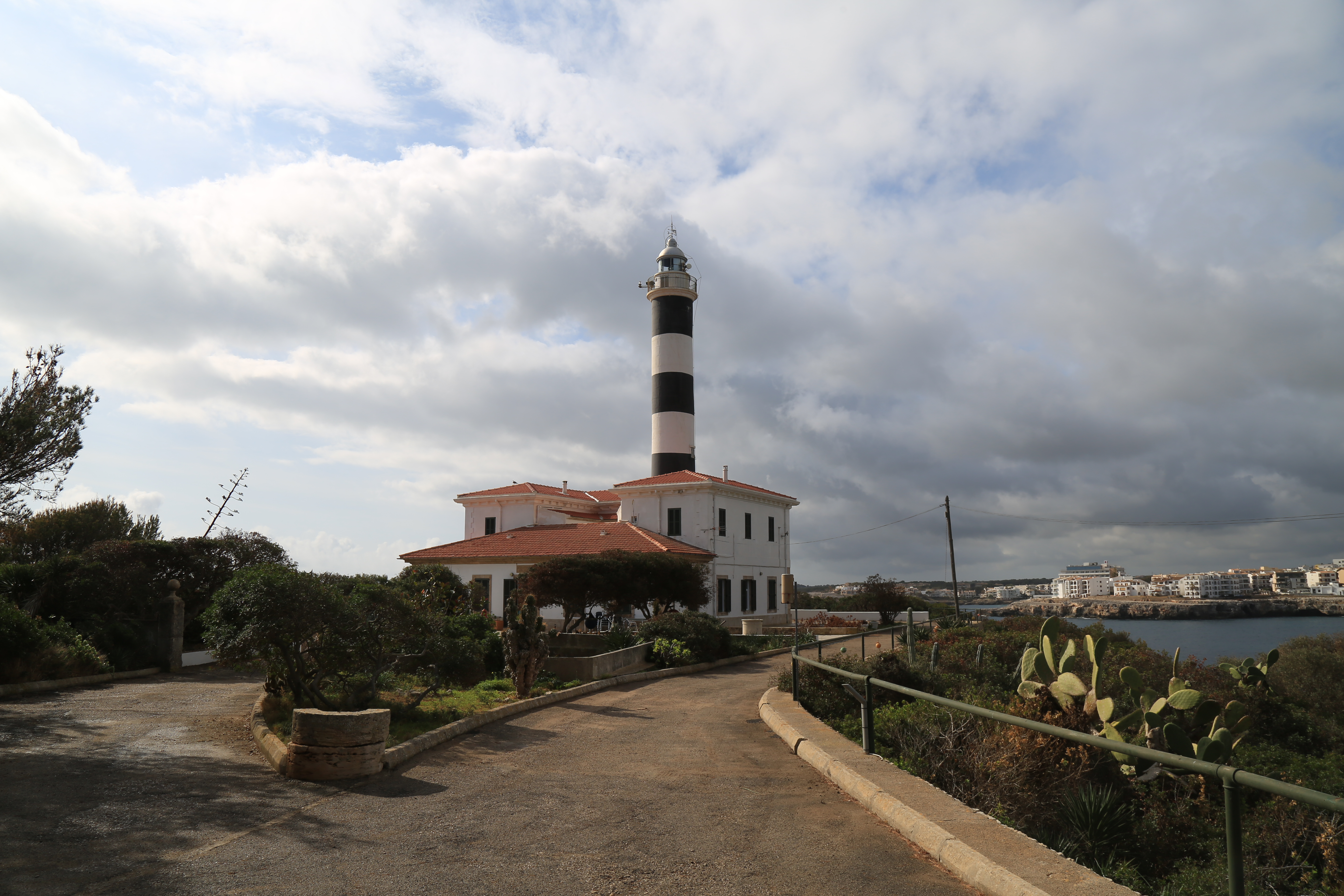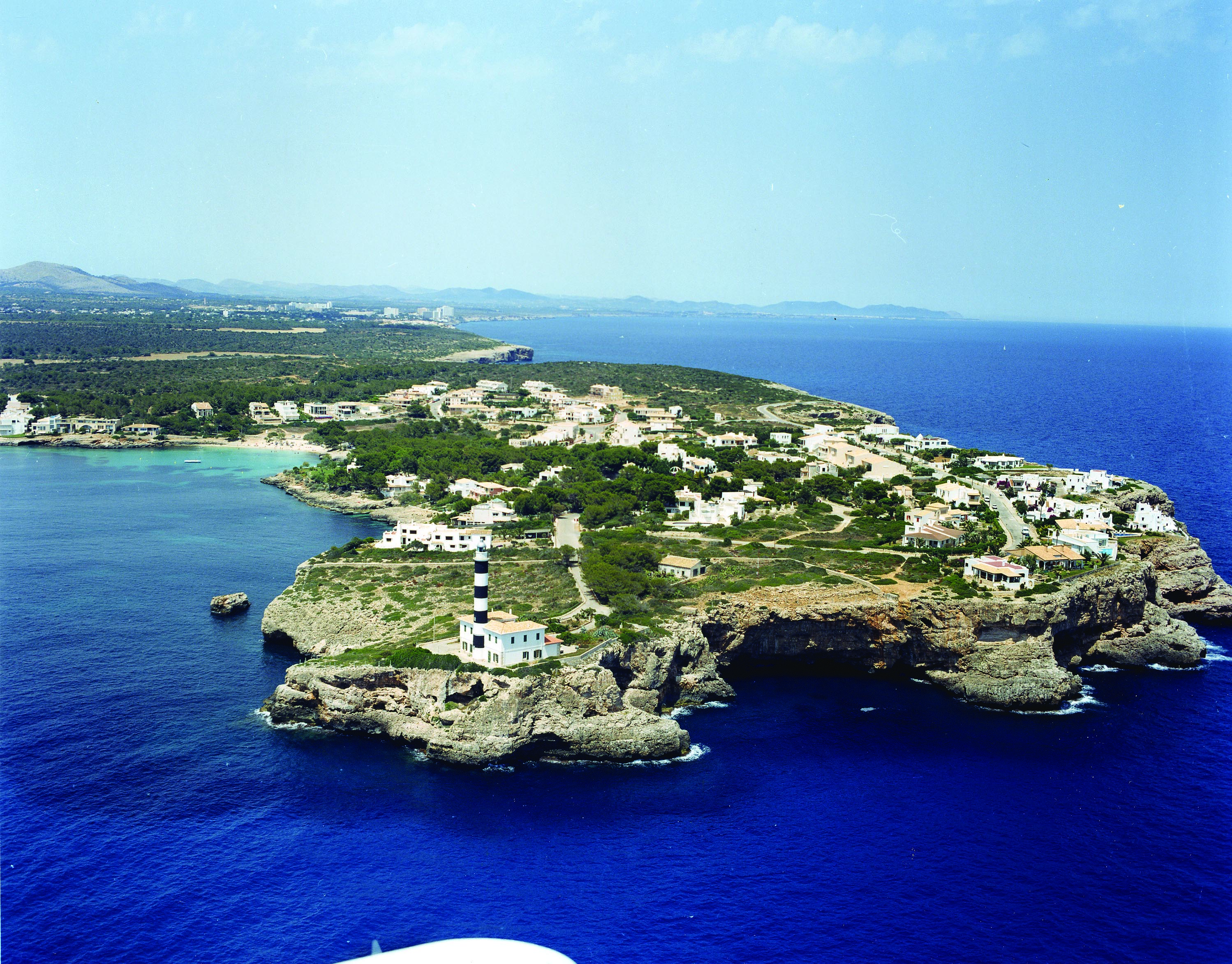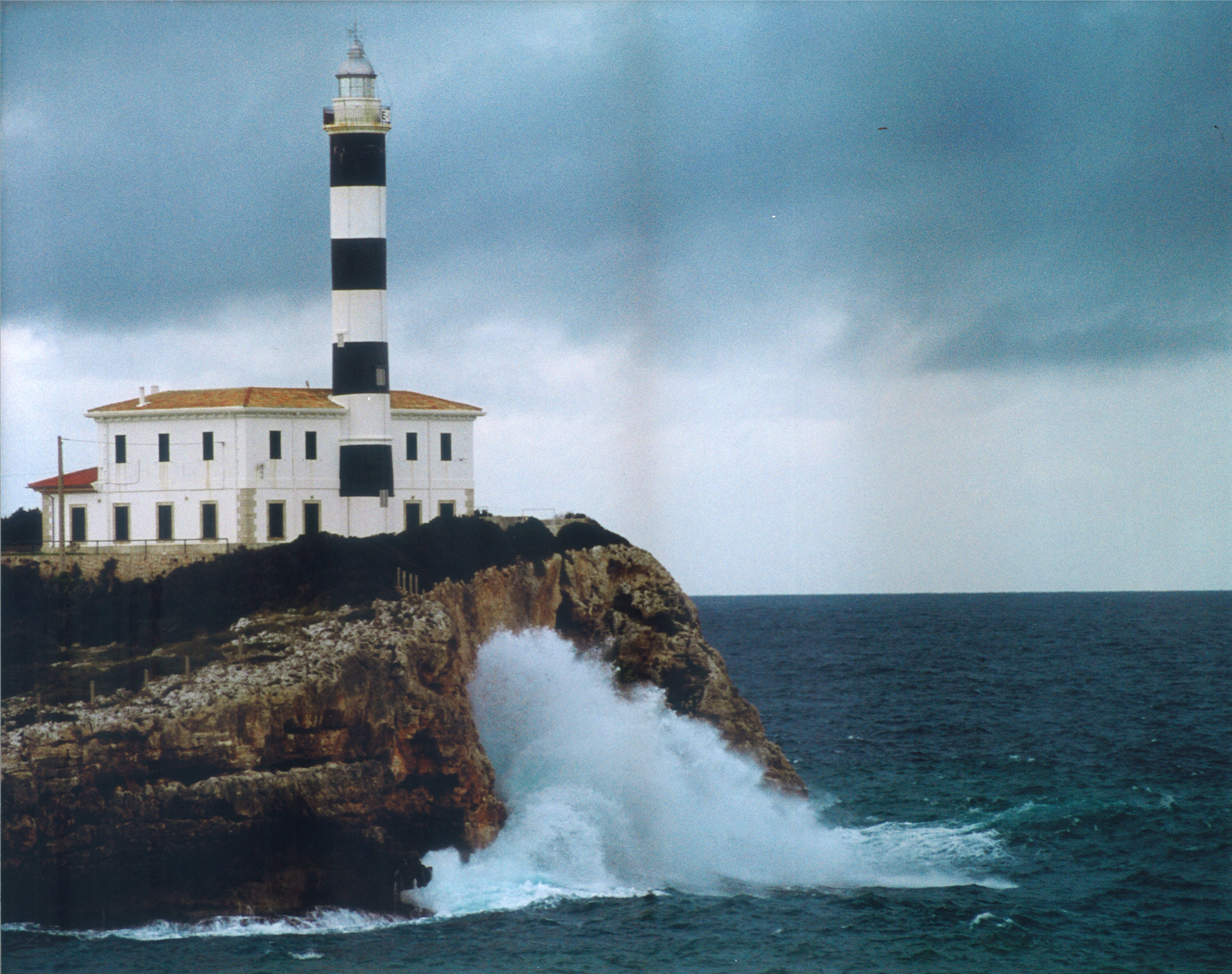
The Portocolom lighthouse will become part of the Balearic Islands Research Station Network
The general objective of this network is to promote, facilitate and strengthen research into the archipelago’s natural, terrestrial and marine resources
Palma
30/03/2023
The Board of Directors of the Port Authority of the Balearic Islands (APB) has approved the text of the agreement for the management of spaces and facilities at the Portocolom lighthouse in Mallorca, between the Conselleria de Fons Europeus, Universitat i Cultura (Ministry of European Funds, University and Culture) of the Government of the Balearic Islands and the APB. Under this agreement, and pending the signature of the two bodies, the APB is assigning part of these premises to the Regional Department for scientific research equipment to be incorporated into the Balearic Islands Research Station Network (XEIIB).
The spaces and facilities covered by this agreement have a built-up surface area of 475.3 square metres, of which 412.4 square metres corresponds to the main building on the ground floor and first floor, and 62.9 square metres to the auxiliary building (warehouse). The agreement will be valid for five years, which can be extended if neither of the parties states otherwise.
The general objective of this network is to promote, facilitate and enhance research on the natural, terrestrial and marine resources of the Balearic Islands through a series of centres distributed across the archipelago for the decentralisation of such research. On the other hand, the APB intends to give value to a heritage that is not currently necessary for the maintenance of the maritime signal and that, with this agreement, will once again be useful for research on the environment in order to fulfil the commitments acquired in the environmental policy of this public body.
As part of this agreement, open days will be held to show different groups the research activity carried out in the former lighthouse keeper's quarters, when information on the history of the lighthouse itself will be presented and distributed.
Research Station
As a research station, the key benefit of maintaining a continuous sampling and research activity along the coastline is obtaining a better knowledge of the ecosystems, the changes they undergo, the detection of their causes and possible solutions. This knowledge will make it possible to establish a baseline for detecting possible changes and to draw up models of development scenarios and future uses, in order to set up management policies that guarantee the environmental quality of the islands.
Specifically, the station will carry out an inventory and integrated study of biodiversity, both marine and terrestrial, control of seabird populations, phenology of flowering and fruiting of plant species used as indicators of the effects of an increase in environmental temperature, a visual census of coastal fish and control of posidonia meadows, among others.









